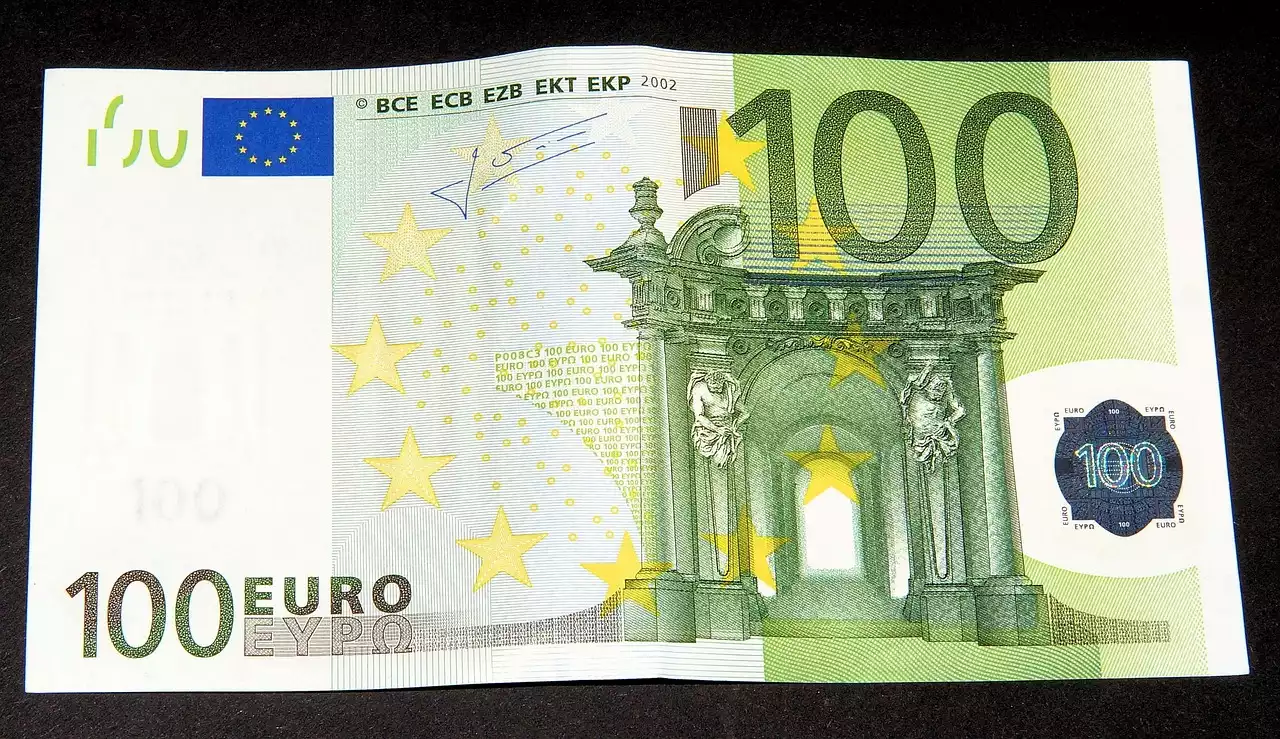What is currency investing?
Currency investing involves buying and selling different currencies in the hope of making a profit from the changes in exchange rates. Currency trading is the buying and selling of currencies to profit from the changes in exchange rates. Exchange rates are the rate at which one currency can be exchanged for another. When you buy a certain currency, you are essentially buying that country’s stocks and bonds. When you sell a certain currency, you are essentially selling that country’s stocks and bonds. This means that any change in value in a given stock or bond will also affect the value of that particular currency. Currency investing has many benefits, including the potential for high returns and low correlation to other asset classes. By diversifying your investments into different currencies, you can potentially decrease the overall risk of your portfolio while maintaining the potential for high returns.
Currency investing statistics
- 20% of all currency trading occurs between currencies in different countries.
- The average annual return of the U.S. dollar against all other currencies is 3.5%. - The average annual return of the euro against all other currencies is 8%.
- 70% of all currency transactions are between the U.S. dollar and other currencies.
- A 10% change in demand for oil will affect the price of oil by 5% in the short term.
Currency investing strategies
- Find an undervalued currency: Identify currencies that are undervalued and have a high potential for appreciation. This can be done by analyzing the health and stability of a country’s economy, among other factors. For example, if the Japanese yen is trading at a lower rate than it should be, buying the yen and waiting for the exchange rate to increase can be an effective strategy.
- Short sell a currency: Sell a currency you believe will decrease in value. Short-selling a currency can be a highly risky strategy, so be careful and make sure to do your research before attempting this strategy. Short selling can be effective in bear markets or when a particular currency is experiencing high volatility and a significant drop in value.
- Find a currency that correlates with other assets in your portfolio: Choose currencies that have a low correlation with other assets in your portfolio. This can help to decrease overall risk. For example, if you are heavily invested in stocks and are worried about a potential market correction, it can be a good idea to invest in currencies that correlate with stocks.
- Find a stable currency: When choosing a currency to invest in, find a stable currency that has low volatility. This can help to reduce risk.
Factors to consider when investing in currency
- Economic strength: Choose currencies that are backed by healthy, growing economies. A country’s economy can have a significant impact on the value of its currency. Economic strength is important to consider when investing in any currency because economic strength can have a direct impact on the value of a given currency.
- Current exchange rate: Consider the current exchange rate of a currency. Generally, the higher the current exchange rate, the higher the risk associated with investing in that currency.
- Liquidity: Liquidity refers to how quickly you can buy and sell a given currency for cash. Some assets are very liquid and can be bought and sold quickly and easily. Other assets are not as liquid and may take longer to sell. When choosing a currency to invest in, consider the liquidity of that currency.
Different types of currency investments
- Commodities: Investing in commodities, such as gold and silver, can be a good way to hedge against a decline in the value of the U.S. dollar.
- Real estate: Investing in real estate in other countries can be a great way to diversify your portfolio and potentially make gains as the value of real estate appreciates in other countries.
- Stocks: Investing in stocks of companies based in different countries can be a great way to diversify your portfolio and hedge against a decline in the value of the U.S. dollar.
- Futures: Futures contracts are agreements to buy or sell an asset at a specific price at a specified date in the future.
Currency investing tips
- Diversify your portfolio: Diversifying your portfolio is always recommended. However, this is especially important when investing in currencies. By diversifying your portfolio, you can decrease the overall risk of your portfolio and potentially increase gains.
- Start small: When starting, it is important to start small and invest in a variety of currencies. Once you have more experience and gain more knowledge, you can increase the size of your portfolio.
- Keep track of your investments: It is important to keep track of your investments and monitor their progress. This can help you to be more informed and can help to prevent significant losses.










